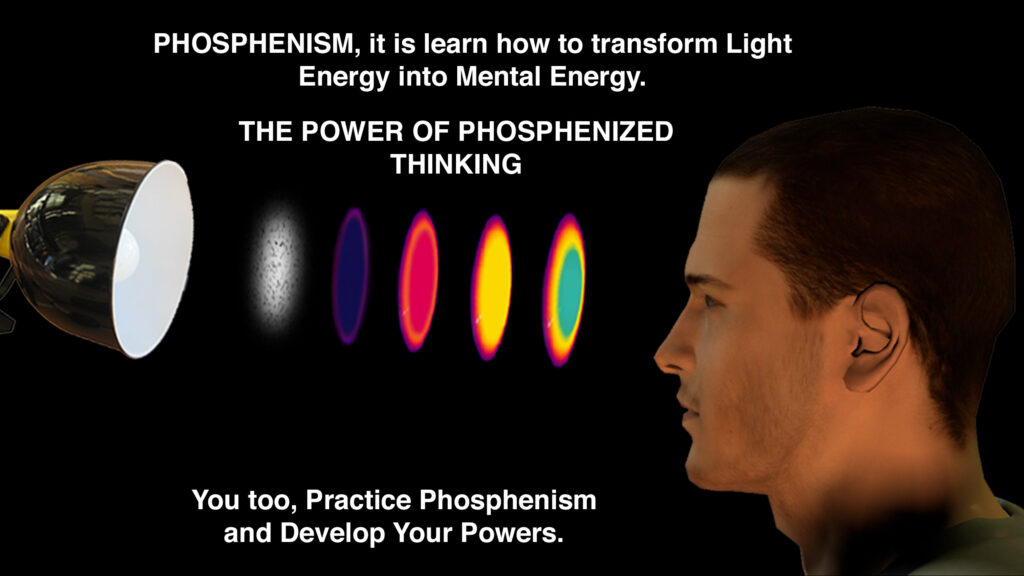KOMIANS
By: Brou KOUAME (Abidjan – Ivory Coast) Vice-president of the ASR (Alphabetization and Health in Rural Areas) NGO Vice-president of OPGE (Organization for the Protection and the Management of the Environment)
In all traditional African societies, there are priests and priestesses, interpreters between two worlds, guardians and protectors of the balance of society. They are often credited with mystical powers, the capacity of driving away demons, healing as well as preserving society of major disasters.
In Ivory Coast, the Akan population, or more precisely the Baoule (the ethnic group I am from) call these priests and priestesses ‟Komian”.
As a reminder, the Baoule form the majority of the population of Ivory Coast. They settled in the center of the country after leaving the Ashanti confederation (the equivalent of today’s Ghana) around the 17th century, because of a military and political war. Measured up to religions of revelation such as Christianity and Islam, the Komians have had much bad press. They are arraigned as Satan worshippers or impostors whose only faith is money.
When I was still child, I used to enjoy watching the Komians perform in my village, Mlan-Kouassikro, in the Bouabe district, the second largest city in Ivory Coast. The Komians’ performances in public are preceded by a preparation. They need to dress up and the musicians that accompany them need to install themselves. The latter, equipped with tom-toms, small bells and various other instruments, play rhythms while waiting for the Komian to come out of his sanctuary. When the Komian comes out, the rhythm of the drums change, from a slow rhythm to a fast one.
The dress of the Komian varies. It can be a simple white loincloth tied on the chest, with a second one covering the hips. The Komian can also wear a red hat adorned with cowries and pieces of mirror. Their skin is anointed with Kaolin while amulets and strings are tied here and there. The Komian holds a fly-whisk. Their ankles are adorned with small bells that emit sounds that follow the rhythm of their dance steps.
During the dances, the Komian, with their arms stretched, rotate like the Whirling Dervishes. That movement matches the accelerating rhythm of the drums.
According to ROUGET, in ‟Music and Trance”, during the ceremonies, it is the accelerating rhythm that opens the muscles, the innards, the head, to the penetration of the expected divinity. The dances performed by the Komian are diverse and varied. They strike the ground at a slow beat and suddenly change the pace, accelerating it. They also emit messages in a clear or obscure language.
Sometimes, during the rotations, a member of the audience enters a trance. It is often claimed that the Komian has transmitted something to that person. Sometimes, the Komian touches a member of the audience to let them enter a state of trance. Kaolin powder and eggs from African chicks are thrown on the faces of the “possessed”, whether to free them from their trance or to help them deliver a message from beyond to the living.
In the light of Dr Lefebure’s discoveries, we can clarify certain facts that take place during these ceremonies.
During their public performance, the Komian practice several exercises related to the phenic system. First, it can be noted that the Komian almost only come out during sunny days. Unconsciously or not, as soon as they come out of the sanctuary, they gaze up towards the bright sky, as if they were checking the spirits were present. Without a doubt, the Komian do a phosphene at that moment. Indeed, their entire choreography is punctuated by that gesture.
Then, they perform something that could be called a rhythmic march, hitting hard the ground with their heel, thus making the bells tied to their feet ring. Hitting the ground with one’s foot stimulates the Osteophene, the phene related to the elastic properties of the skeleton, as well as the Myophene, the phene related to muscular activity. According to Dr LEFEBURE, any march or dance creates synchronizations between the cerebral hemispheres. That march is sometimes performed toward the musicians and sometimes toward the audience.
Consequently, hearing the sound of the tom-toms in turns in the right and the left ear, stimulates the Acouphene.
Finally, when the traditional priest performs rotations during the dance, the Gyrophene is stimulated, the phene related to the sense of balance. That provokes an amplification of the power of Kundalini. At that stage, the cerebral rhythms of the Komian are amplified so much that they can transmit rhythmic thoughts and stimulate subtle energies in other people: a thought, fantastic images, the perception of subtle planes or other phenomena. These ceremonies are genuine moments of transmission of energies through phosphenic telepathy and thus constitute an initiation.
We have just seen how an African priest sets into motion the entire phenic system.
Phosphenism, we can understand fully facts that used to be an arcane mystery which secret was kept by a caste of initiates.


